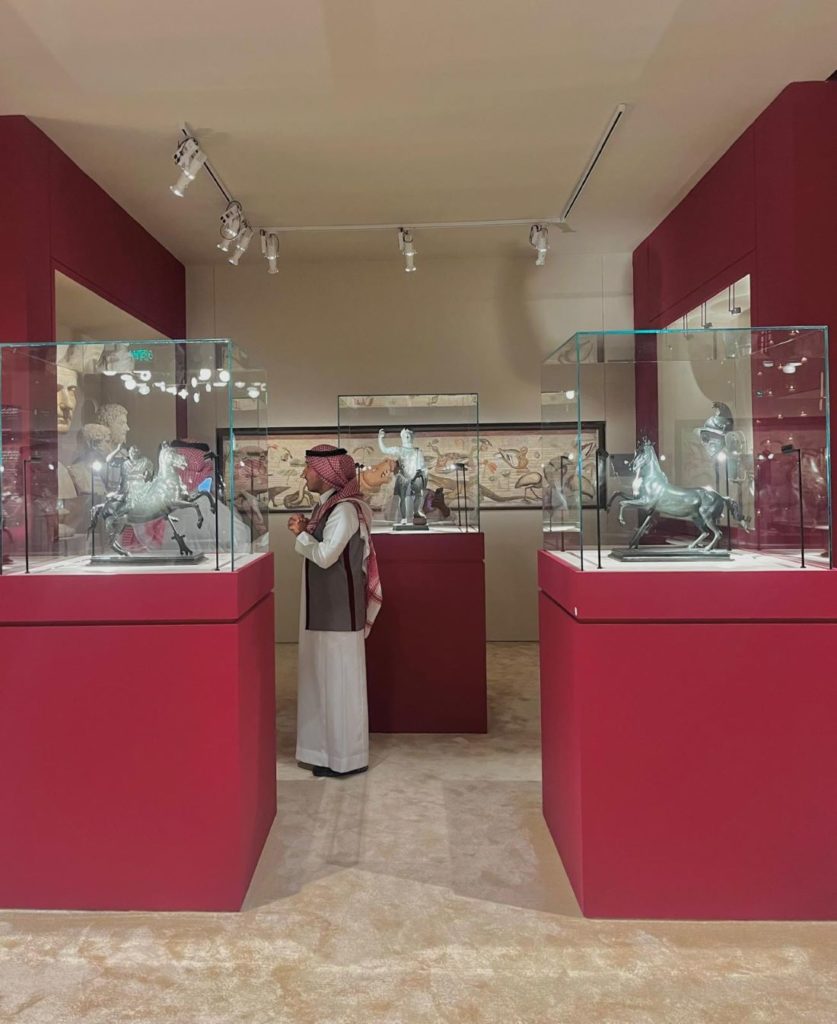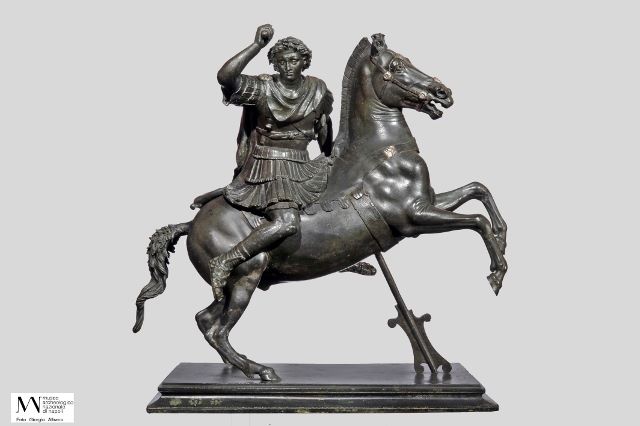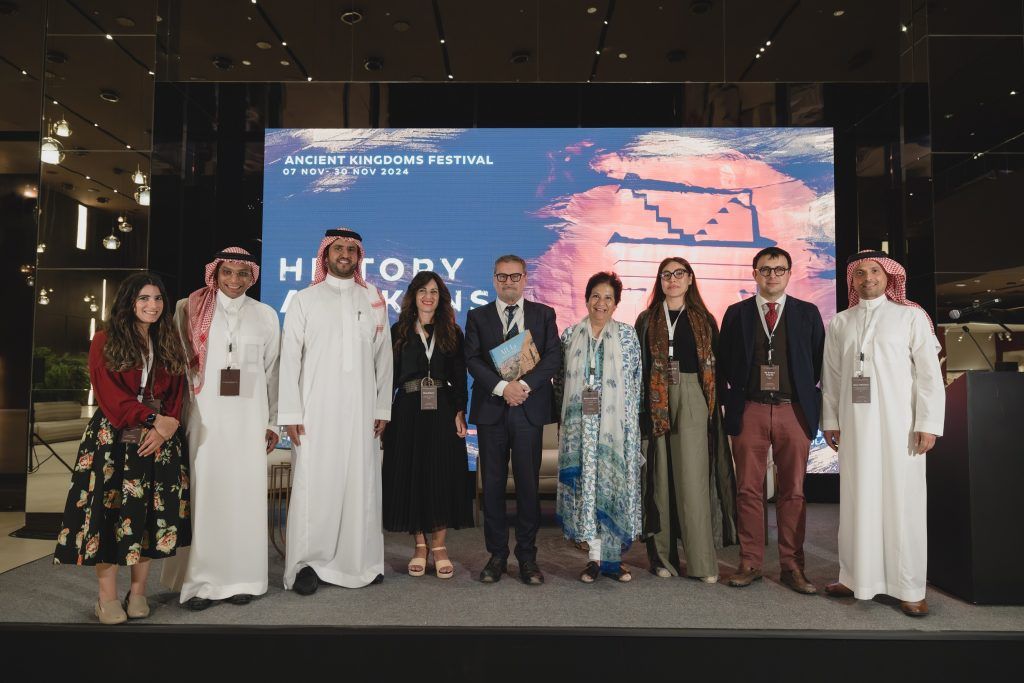Capolavori del museo archeologico nazionale di Napoli in Arabia Saudita. Al Maraya di AlUla, l’edificio a specchi più grande del mondo, si è appena aperta la mostra “Masterpieces of the National Archaeological Museum of Naples” con 15 reperti del Mann, nell’ambito del più ampio accordo intergovernativo siglato da Italia e Arabia Saudita lo scorso anno. Fino al 13 dicembre, l’esposizione non soltanto presenta opere di eccezionale valore, ma costituisce il primo atto della partnership strategica tra la Royal Commission for AlUla (RCU) e l’ostotuzione partenopea.
Sottolinea il direttore generale Musei Italiani, Massimo Osanna durante l’opening: «Oggi inauguriamo una mostra che rappresenta una buona prassi nell’ambito della collaborazione internazionale in ambito culturale. Un’esposizione interessante ed evocativa, che racconta le relazioni tra Oriente e Occidente in una prospettiva di dialogo: una storia antica, certo, ma al tempo stesso rivelatrice di dinamiche e interazioni tra uomini ancora del tutto attuali e vive, anche nella complessa realtà del mondo in cui viviamo noi tutti, oggi».
L’allestimento vuole evocare, attraverso una selezione di reperti eccezionali, l’incontro con l’Oriente di leader carismatici dell’Occidente greco-romano, da Alessandro Magno a Marco Aurelio. Tra i pezzi più importanti, il ritratto di Alessandro con ureo faraonico, della collezione Borgia (IV secolo a.C.); il mosaico a tema nilotico dalla Casa del Fauno a Pompei, posto sulla soglia dell’esedra che ospitava il famoso mosaico di Alessandro (fine II secolo a.C.).
E ancora, la statuetta in bronzo da Ercolano, raffigurante Alessandro Magno a cavallo (I secolo a.C.); una statuetta di elefante da guerra in terracotta da Pompei (I secolo d.C.); una testa colossale di Giulio Cesare, della collezione Farnese, proveniente dal foro di Traiano a Roma; una statua in marmo dell’imperatore Traiano in abbigliamento militare, da Minturno (II secolo d.C.); i busti in marmo degli imperatori Adriano e Marco Aurelio (II secolo d.C.).

Saudi Arabia/ Masterpieces from the National Archaeological Museum in Naples on display. At the Maraya in AlUla, the bronze statue of Alexander the Great: when culture has no borders
Masterpieces from the National Archaeological Museum of Naples in Saudi Arabia. At the Maraya in Al-Ula, the largest mirrored building in the world, has just opened with 15 exhibits from the Neapolitan Museum, as part of the wider intergovernmental agreement signed by Italy and Saudi Arabia last year.
On display until 13 December, the exhibition not only presents works of exceptional value, but also marks the first act of the strategic partnership between the Royal Commission for Al-Ula (RCU) and the Naples Museum.
Massimo Osanna, Director General of the Italian Museums, said at the opening: ‘Today we are inaugurating an exhibition that represents good practice in international cultural cooperation. It is an interesting and evocative exhibition that tells the story of relations between East and West from the perspective of dialogue: an ancient story, to be sure, but at the same time one that reveals dynamics and interactions between people that are still very much present and alive, even in the complex reality of the world in which we all live today.
The aim of the exhibition is to recall, through a selection of exceptional exhibits, the meeting with the East of the charismatic leaders of the Greco-Roman West, from Alexander the Great to Marcus Aurelius. Among the most important pieces are the portrait of Alexander with the pharaonic uraeus from the Borgia collection (4th century B.C.); the mosaic with a Nilotic theme from the House of the Faun in Pompeii, placed on the threshold of the exedra that housed the famous Alexander mosaic (late 2nd century B.C.).

There is also a bronze statue of Alexander the Great on horseback from Herculaneum (1st century B.C. photo); a terracotta statue of a war elephant from Pompeii (1st century A.D.); a colossal head of Julius Caesar from the Farnese collection, from the Forum of Trajan in Rome; a marble statue of the Emperor Trajan in military dress from Minturno (2nd century A.D.); marble busts of the Emperors Hadrian and Marcus Aurelius (2nd century A.D.).










